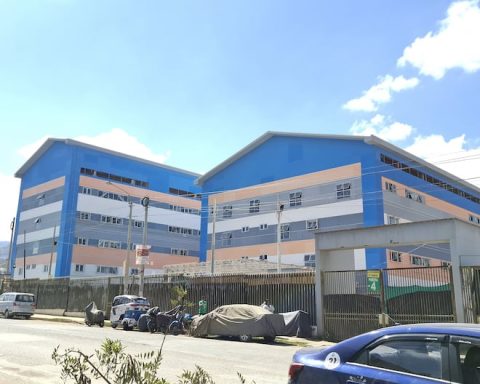The devaluation of several commodities (primary goods with international prices) and the increase in imports resulting from the economic recovery caused the trade surplus (exports minus imports) to plummet in August. In July, the country exported US$4.828 billion more than it imported, a drop of 49.9% compared to the same month in 2023 and the worst result for August since 2017, with a surplus of US$4.547 billion.
With the August result, the trade surplus in the first eight months of the year reached US$ 54.079 billion. The amount is 13.4% lower than that of the same period in 2023, but it is the second best for the period in the historical series, which measures foreign trade statistics since 1989.
Regarding the monthly result, exports fell, while imports soared, driven by natural gas and capital goods (goods used in production). In August, Brazil sold US$ 31.101 billion abroad, a decrease of 6.5% compared to the same month in 2023. Purchases from abroad totaled US$ 21.468 billion, an increase of 13%.
On the export side, the fall in the international price of soybeans, corn, iron, steel and sugar were the main factors that caused the drop in the value sold. Sales of some products, such as coffee and cellulose, increased last month, offsetting the decrease in the price of other products.
On the import side, purchases of medicines, engines, machinery, fertilizers and chemical fertilizers increased. The biggest increase, however, was related to natural gas, whose purchased value increased 339.4% in August compared to August last year. Brazil imported 144.9% more fuel in volume, with a price 79.4% higher in the same comparison.
Last month, the volume of exported goods fell by 6.5%, driven by the end of the harvest of several products and the reduction in demand for iron ore from China, while prices fell by 1.7% on average compared to the same month last year. In imports, the quantity purchased rose by 15.7%, but average prices fell by 3.2%, indicating an increase in external purchases resulting from the economic recovery.
Sectors
In the agricultural sector, the drop in quantity had a greater impact on the reduction in exports. The volume of goods shipped fell 11.8% in August compared to the same month in 2023, while the average price fell 8.7%. In the manufacturing industry, the quantity fell 5.2%, with the average price rising 3.1%, reflecting the economic crisis in Argentina, the largest buyer of manufactured goods from Brazil. In the extractive industry, which includes the export of minerals and oil, the quantity exported fell 2.4%, while average prices fell 5.9%.
I estimated
According to the director of Statistics and Foreign Trade Studies at the Ministry of Development, Industry, Commerce and Services (MDIC), Herlon Brandão, the shrinking trade balance mainly reflects lower volumes of soybean and iron ore exports, in addition to the increase in imports. He said that the drop in the surplus in August was expected and that it does not interfere with the government’s projections, but warned that a global economic slowdown could harm exports.
In July, the government revised its trade surplus projection for 2024 upwards. The estimate rose from US$73.5 billion to US$79.2 billion, a drop of 19.9% compared to 2023. In the previous forecast, from April, the drop was estimated at 25.7%. The next projection will be released in October.
According to the Ministry of Foreign Affairs, exports will rise 1.7% this year compared to 2023, ending the year at US$345.4 billion. Imports will rise 10.6% and close the year at US$266.2 billion. Purchases from abroad are expected to rise due to the recovery of the economy, which increases consumption, in a scenario of less volatile international prices than at the beginning of the conflict between Russia and Ukraine.
Forecasts are more pessimistic than those of the financial market. The Focus Bulletin, a survey of market analysts released every week by the Central Bank, projects a surplus of US$83.5 billion this year.















